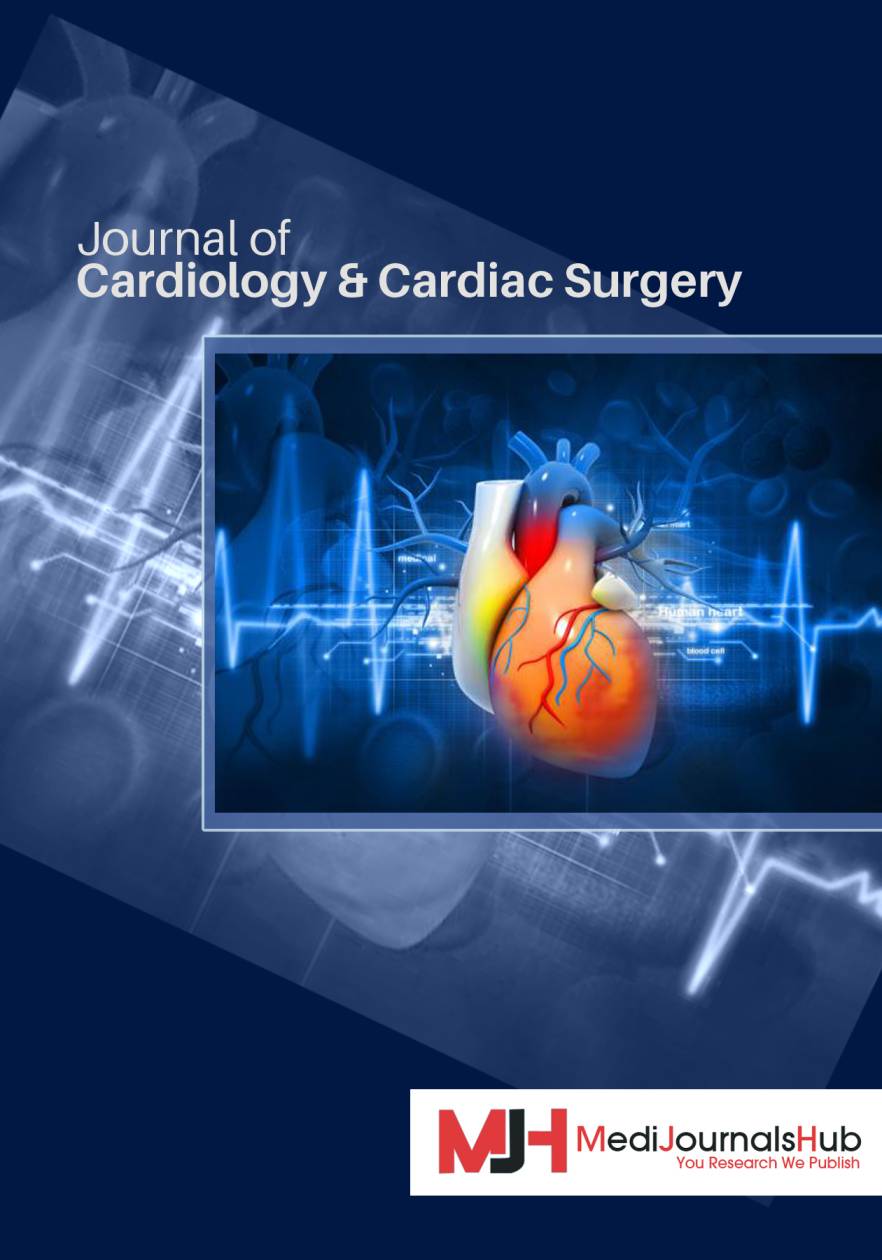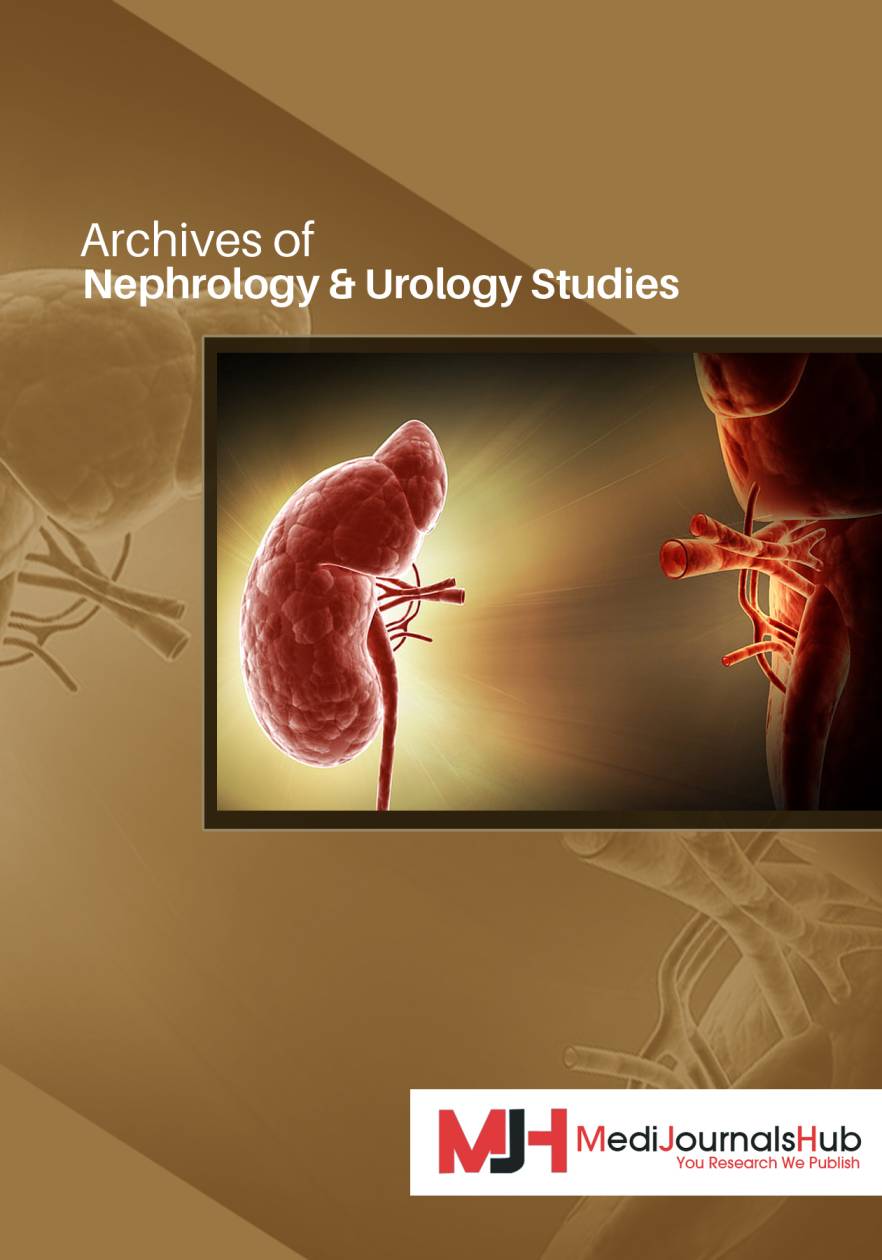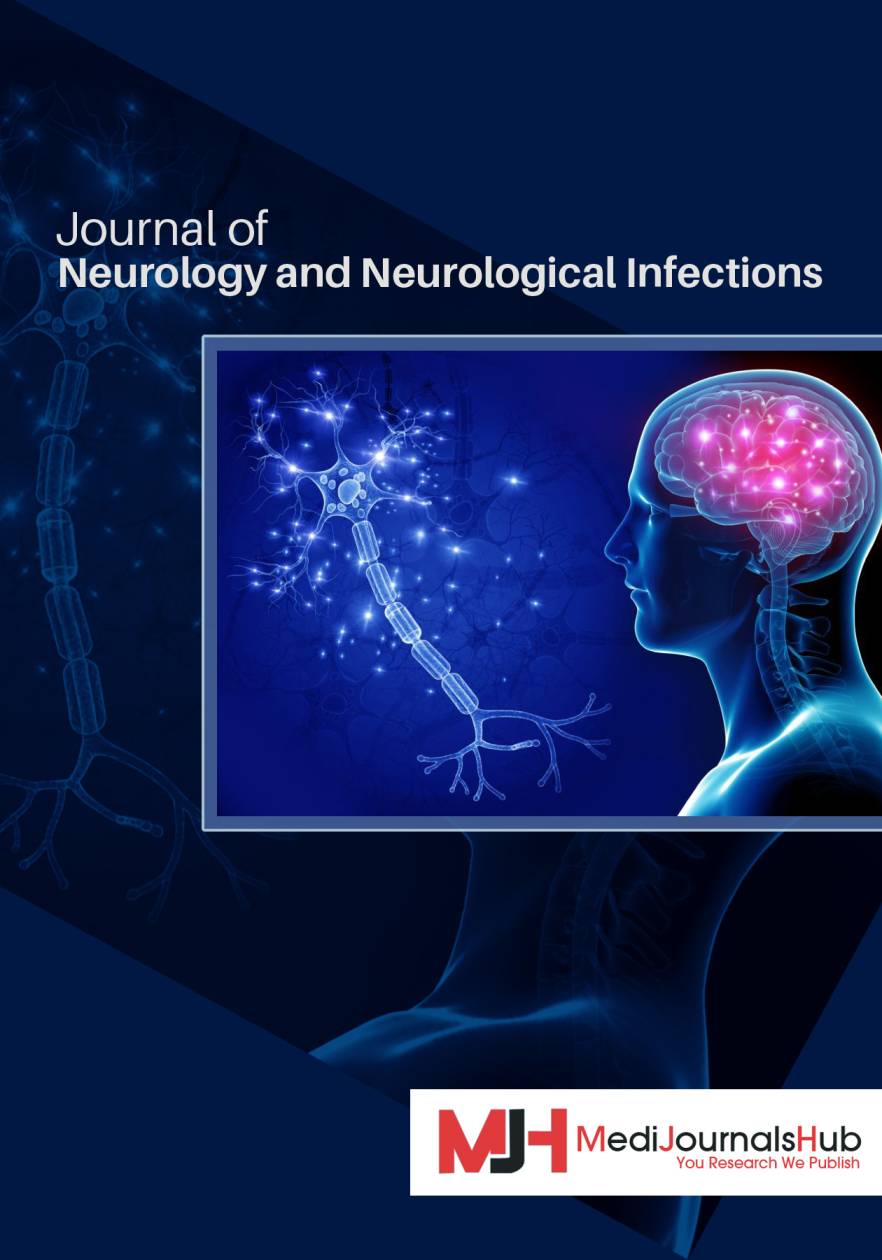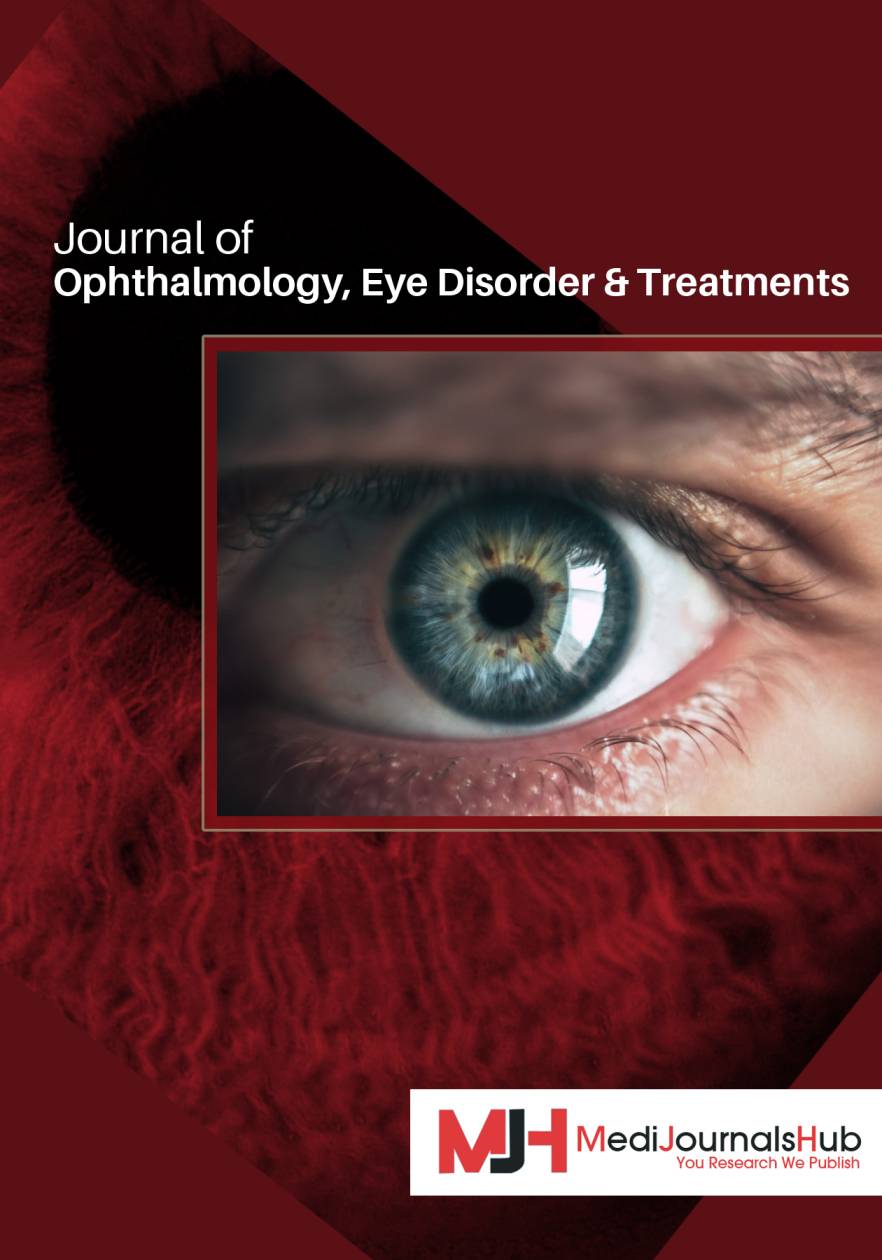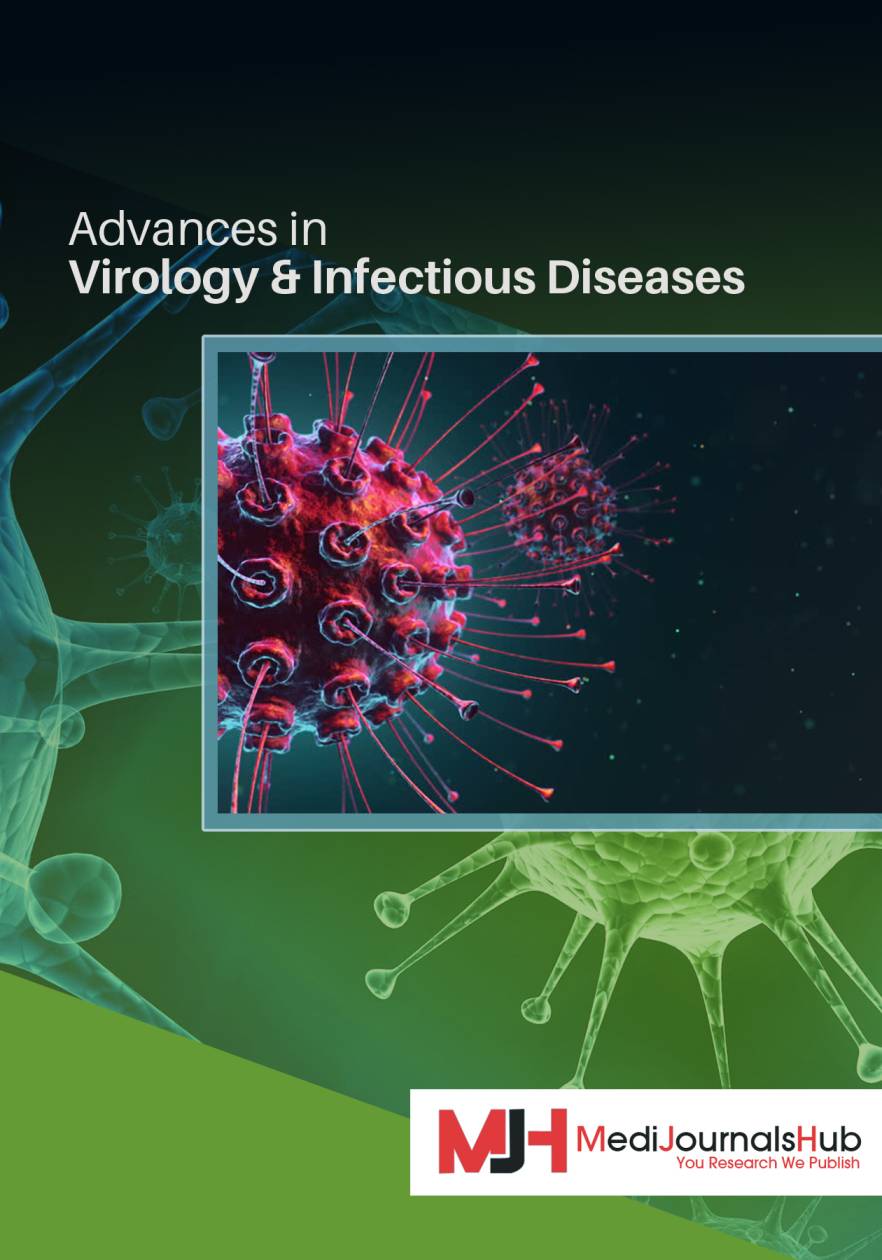- Open-Access Publishing
- Quality and Potential Expertise
- Flexible Online Submission
- Affordable Publication Charges
- Expertise Editorial Board Members
- 3 Week Fast-track Peer Review
- Global Visibility of Published Articles
Long-term Results of Stentless Bio-Conduits for Bentall Operation
Guglielmo Stefanelli Fabrizio Pirro Fabio Sgura Antonio D’Adamo Luca WeltertAbstract
Background: To evaluate the early and long-term clinical outcomes of patients undergoing Bentall operation by stentless bio-conduits for aortic root dilatation associated with aortic valve disease.
Methods: From 2004 to 2015 a cohort of 56 patients underwent Bentall operation to replace the aortic root and the aortic valve at our unit. Mean age at operation was 67 ± 9.63 years. The first 30 patients received a Shelhigh NR-2000 bioprosthesis, in the last 26 cases a self-assembled Medtronic 3F bio-root was implanted. Mean. Euroscore was 13.30 ± 9.91, 14 patients (25%) underwent associated procedures. In 6 cases (10.91%) the aortic valve was bicuspid. Five patients (9.09%) had undergone a previous cardiac operation. Mean follow-up time was 7.09 years (0.26-14.50 years) and it was 100% complete. Patients were evaluated and analyzed for intra-operative results and long-term clinical outcomes.
Results: Peri-operative/in hospital mortality was 3.64% (2 patients). Overall survival probability at 11 years was 74.9%. 5 patients (9.09%) died during follow-up for cardiac reasons. Freedom from MACCE at 11 years was 81.3%. Freedom from structural valve deterioration at 11 years was 91.6%. Freedom from reoperation at follow- up was 97.9%. Mean gradient at last follow-up was 11.70 mmHg.
Conclusion: Bentall procedure using stentless bio-conduits achieves excellent results at long -time follow-up. The haemodynamic performance is adequate and preserved over time, making this prosthesis a good choice for younger, active patients

